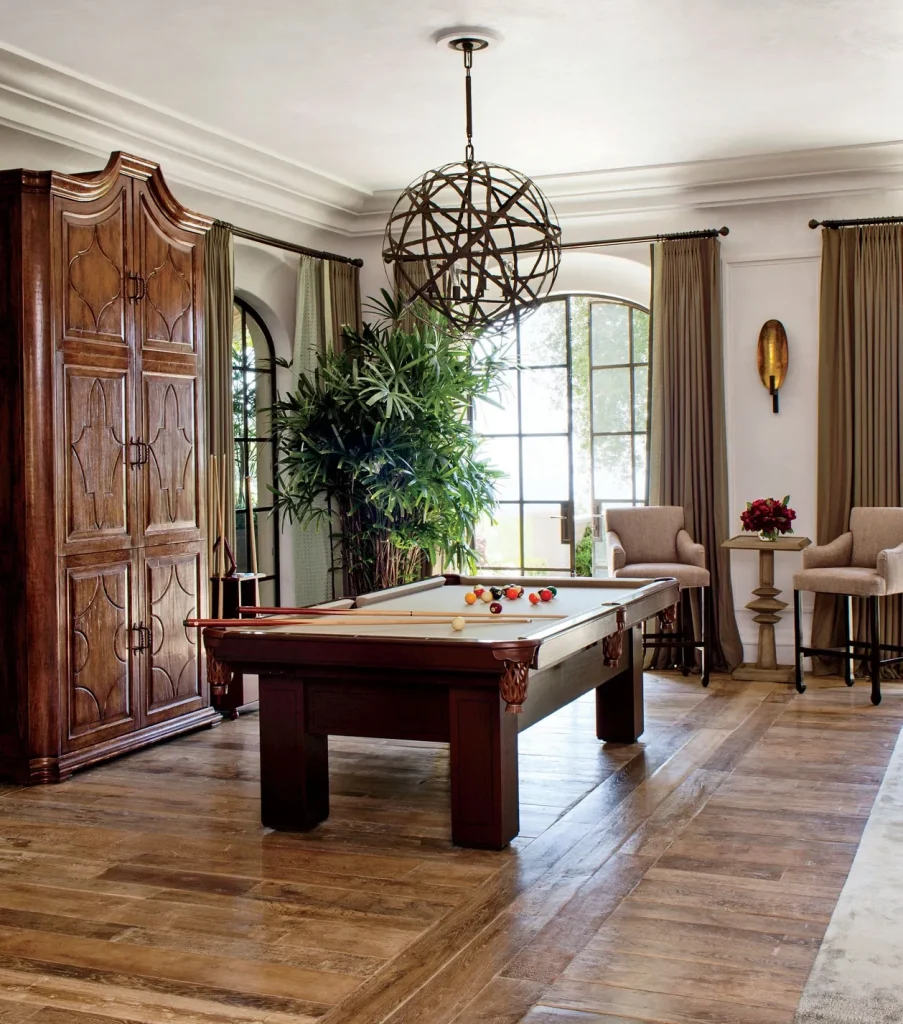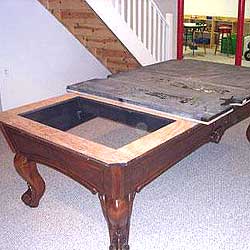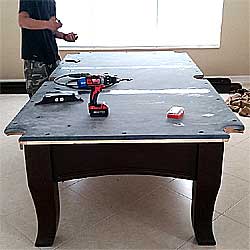Call us; 1-508-254-5671
Chelsea, MA
Pool Table Billiard Movers and Repair
With 30 years of pool table best practices. Chelsea, Massachusetts
What is the solution for professional repair, re-felt, re-level of my pool billiard table? What is the best option for a safe billiard pool table moving company?
Safely moving a pool table.
I got a billiard table from the internet, and it will be moved and installed by who? Corner Pocket Pool Table Services, Your safest, best choice. In Chelsea, MA, Massachusetts MA, New Hampshire NH, Vermont VT, Rhode Island RI, Pool billiard table work.
Pool cloth replacement and movers, relocating and repairing pool tables in Chelsea, Massachusetts neighborhoods for more than thirty years. We have been repairing and moving all brands and styles of pool tables.
Corner Pocket Pool Table Service is a family business, and covering Chelsea, Massachusetts. Billiard and pool table movers and service experts.
Tune-up and re-felting service for your billiard table, or move your table between Chelsea and any other city within new england.
Five star ratings and reviews, Chelsea, Massachusetts.

Chelsea, MA Local Pool Table Movers
Chelsea, MA Local Billiard Table Movers
Move a pool table from Chelsea, MA
Move a pool table to Chelsea, MA
Companies that move Pool Tables
Chelsea, MA Re-Felting Pool Tables
Chelsea, MA Pool Table Repairs
Chelsea, MA Pool Table Refelting
Chelsea, MA Refelting A Pool Table
Chelsea, MA Pool Table Mover

Chelsea is a city in Suffolk County, Massachusetts, United States, directly across the Mystic River from the city of Boston. As of the 2020 census, Chelsea had a population of 40,787. With a total area of just 2.46 square miles, Chelsea is the smallest city in Massachusetts in terms of total area. It is the second most densely populated city in Massachusetts, behind Somerville, and is the city with the second-highest percentage of Latino residents in Massachusetts, behind Lawrence.
The area of Chelsea was first called Winnisimmet possibly meaning “good spring nearby” or “swamp hill” by the Naumkeag tribe, who lived there for thousands of years prior to European colonization in the 1600s. Samuel Maverick became the first European to settle permanently in Winnisimmet in 1624 and his palisaded trading post is considered the first permanent settlement by Boston Harbor. In 1635, Maverick sold all of Winnisimmet, except for his house and farm, to Richard Bellingham. The community remained part of Boston until it was set off and incorporated in 1739, when it was named after Chelsea, a neighborhood in London, England.
In 1775, the Battle of Chelsea Creek was fought in the area, the second battle of the Revolution, at which American forces made one of their first captures of a British ship. Part of George Washington’s army was stationed in Chelsea during the Siege of Boston.
On February 22, 1841, part of Chelsea was annexed by Saugus, Massachusetts. On March 19, 1846, North Chelsea, which consists of present-day Revere and Winthrop, was established as a separate town. Reincorporated as a city in 1857, Chelsea developed as an industrial center and by mid-century had become a powerhouse in wooden sailing ship construction. As the century wore on, steam power began to overtake the age of the sail and industry in the town began to shift toward manufacturing. Factories making rubber and elastic goods, boots and shoes, stoves, and adhesives began to appear along the banks of Boston Harbor. It became home to the Chelsea Naval Hospital designed by Alexander Parris and home for soldiers.
According to local historical records, Nathan Morse, the first Jewish resident of Chelsea, arrived in 1864, and by 1890 there were only 82 Jews living in the city. However, Chelsea was a major destination for the “great wave” of Russian and Eastern European immigrants, especially Russian Jews, who came to the United States after 1890. By 1910 the number of Jews had grown to 11,225, nearly one third of the entire population of the city. In the 1930s there were about 20,000 Jewish residents in Chelsea out of a total population of almost 46,000. Given the area of the city, Chelsea may well have had the most Jewish residents per square mile of any city outside of New York City.
On April 12, 1908, nearly half the city was destroyed in the first of two great fires that would devastate Chelsea in the 20th century. The fire left 18,000 people, 56 percent of the population, homeless. Despite the magnitude of the destruction, it would only take the city about two and a half years to rebuild and five years to surpass the extent of 1908’s infrastructure. The city was also laid out differently after the fire, with wider streets and more access for emergency vehicles. Many of the city’s residents left and never returned, which opened the door for many immigrants living in Boston to “move up” to Chelsea. To immigrants living in crowded tenements in Boston’s West End, East and South Ends, Chelsea was the next stop on their path of economic upward mobility.
By 1919 Chelsea’s population had reached the record level of 52,662, with foreign-born residents comprising 46 percent of the population. Fully transitioned from a suburb to an industrial city, the waterfront flourished, with shipbuilding, lumberyards, metalworks and paint companies lined Marginal Street.
Diverse Tables
From basic models, to less common; custom, hand-made tables and everything in the middle. We’ve seen a great many them. Not to say that we have really seen each model of table that there is… The standards are much the same starting with one then onto the next. Occasionally we see a new technique. We love to learn these, and it is always enjoyable to have a finished product you will love!Distinctive Houses
From Landmark houses in Chelsea, to delightful little homes, we’ve placed tables in every one of them.
Also, we treat every house like our own. We anticipate giving you the best working pool table you’ve ever played on.

